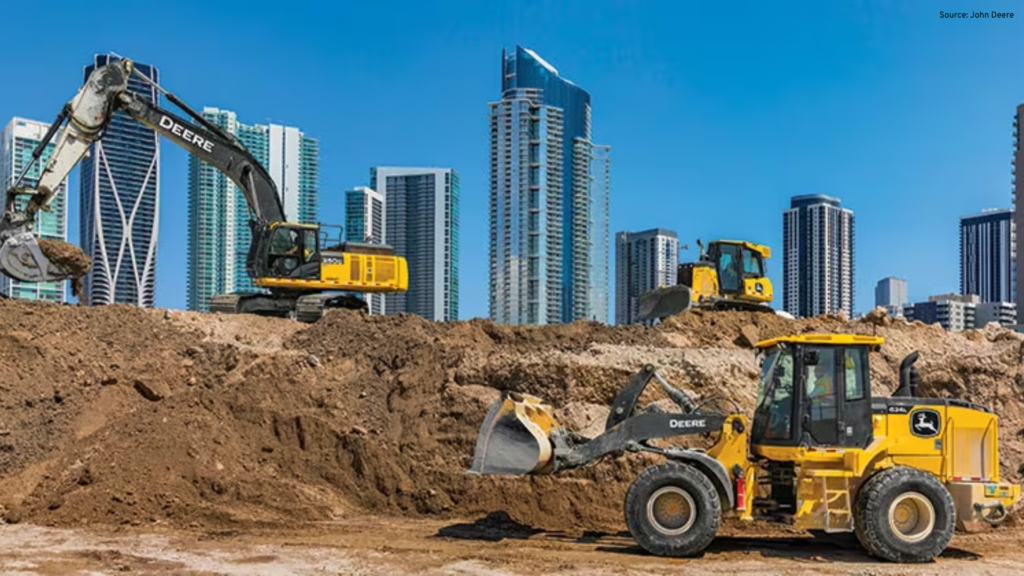Cranes need to be inspected thoroughly to ensure they work as intended. The wear and tear on these machines can eventually cause them to fail, leading to potential workplace accidents.
Frequent inspections can ensure proper operation and lower the risk of accidents. However, you must keep a few factors in mind before you start your inspections.
Cranes are powerful machines with many important components, so you must follow industry guidelines when performing frequent and periodic inspections. Keep reading to learn how you can use Record360 to ensure proper functionality.
What Makes Crane Inspections Complicated?
Inspecting a crane isn’t the same as checking other pieces of equipment. A few guidelines set by OSHA, CMAA, and ANSI can guide you through the process.
Unfortunately, keeping track of these guidelines can become troublesome even for the experts, which is why a system that allows you to perform your inspections seamlessly will always come in handy.
Are Crane Inspections Necessary?
Yes. OSHA requires every professional to get their crane inspected annually. Moreover, the Crane Manufacturers Association of America requires the inspector to have at least 2,000 field hours of experience in the area. This includes experience with servicing, maintenance, functional testing, and repairing critical crane components and hoist chains/equipment.
People without that kind of training shouldn’t be allowed to perform inspections.
Must Read: Demystifying OSHA Equipment Inspection Requirements: A Look at Crane and Forklift Safety
How Often Should You Inspect Your Crane?
There are four different types of overhead crane inspections to consider, which can give you an idea of how frequently you should perform them:
Initial Inspection: A documented visual inspection of the crane and/or hoist is required after installation.
Functional Test Inspection: This involves inspecting the crane’s functionality before every shift. It involves checking for leakage in hydraulic systems, valves, or lines, cracks in the hoist chains, or general wear and tear.
Frequent Inspections: The frequent inspection is the same as the functional one. However, in this process, you must also check the crane’s hoist brake, load chain, wire rope, and other functional operating mechanisms. The frequency of this inspection depends on how often the crane is used. Cranes with “regular usage” should be inspected at monthly intervals.
Periodic Inspection: Cranes in “normal and heavy service” should undergo periodic inspections yearly. OSHA has guidelines for this type of inspection.
How Can Record360 Help You with Your Crane Inspections?
Inspecting overhead cranes, even if there’s already a qualified professional on your team, can be overwhelming. Considering there are four different categories of inspection, it’s easy to miss one from time to time, which can lead to problems in the future.
Record360 solves the issue by simplifying the expert inspection process. It features advanced monitoring and documentation tools that help you quickly identify potential problems with your crane.
Moreover, you can use Record360’s intuitive platform to schedule your initial, functional, frequent, and periodic inspections ahead of time, ensuring no one misses the date. Tracking your maintenance sessions ensures that your crane always performs up to industry standards.
Bottom Line
Performing a complete inspection of your crane doesn’t have to be complicated. Thanks to Record360, you can say goodbye to manual errors and start using a more efficient method of keeping your heavy equipment in check.
Overhead and gantry cranes must be maintained according to OSHA’s guidelines to prevent injuries and fatal accidents. With the help of documentation and inspection software like Record360, you can perform all of these inspection tasks seamlessly.



